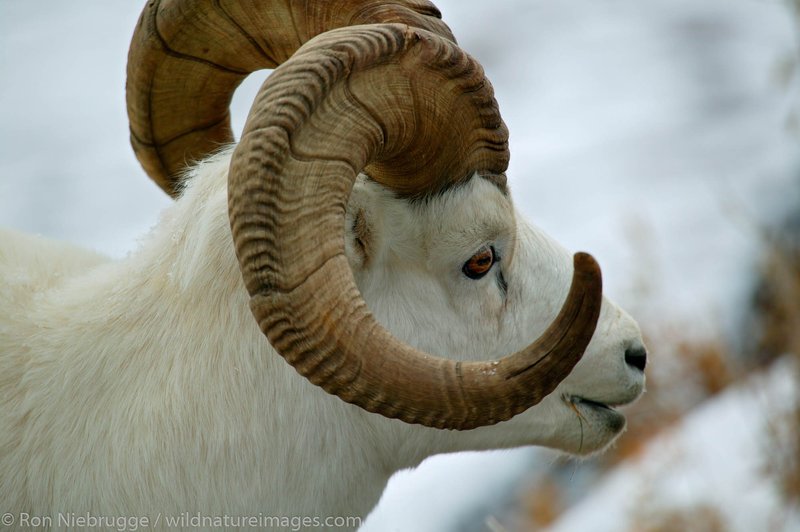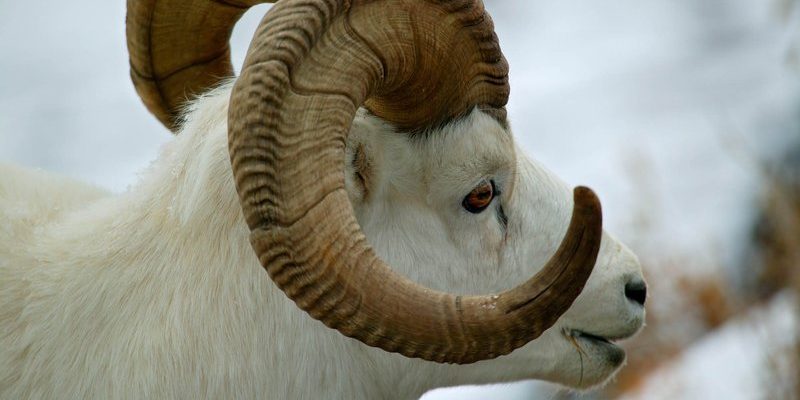
Dall sheep, known for their incredible climbing abilities and impressive curled horns, are symbols of the wild in North America. However, like many species, they face challenges that threaten their existence. With climate change, habitat loss, and hunting pressures, it’s essential to dig deeper into what’s happening with these iconic animals and what we can do to help. So, let’s explore the status of Dall sheep and the conservation efforts aimed at keeping them around for future generations.
What Are Dall Sheep?
Dall sheep, or Ovis dalli, are a species of wild sheep native to the mountainous regions of Alaska and the Yukon. These animals have adapted to harsh environments, showcasing remarkable climbing skills that allow them to navigate steep cliffs and rocky slopes. Their stunning white coats provide excellent camouflage against snowy landscapes, while their large, curved horns are a striking feature, especially in males.
These sheep are social animals, typically found in small groups led by a dominant ram. They graze on grasses, lichens, and other vegetation found at high altitudes. You might be wondering how they survive in such extreme conditions. Their thick woolly coats insulate them against cold temperatures, and their hooves are specially designed to grip rocky surfaces, making them agile climbers. However, despite their hardiness, they still face significant threats to their survival.
Are Dall Sheep Endangered?
The short answer is that Dall sheep are *currently not classified as endangered*, but their populations are facing various pressures. The main concerns for their survival include habitat loss due to climate change and human encroachment, as well as hunting pressures and diseases transmitted from domestic livestock. Conservation efforts are vital to maintain healthy populations, as their numbers can fluctuate based on environmental conditions.
In Alaska, Dall sheep populations have seen some decline in certain regions, prompting wildlife agencies to monitor their status closely. Monitoring includes assessing survival rates, reproductive success, and population trends. It’s like keeping an eye on a friend who’s going through a tough time—you want to ensure they’re doing okay while supporting them in any way you can.
Threats to Dall Sheep Populations
Several factors threaten the survival of Dall sheep, and understanding these can help us support conservation efforts. Here’s a look at some of the most pressing threats:
- Climate Change: Warmer temperatures are altering habitat conditions, affecting food availability and migration patterns. As the snow melts earlier, it can disrupt the timing of plant growth which Dall sheep rely on.
- Habitat Loss: As human activities expand into wild areas, the natural habitats of Dall sheep are being fragmented. This not only reduces their grazing areas but can also lead to increased human-wildlife interactions.
- Hunting: Although regulated, hunting can have significant impacts on local populations. Overhunting in some areas has raised concerns, making sustainable practices crucial for recovery.
- Diseases: Dall sheep are vulnerable to diseases that can spread from domestic livestock. These diseases can weaken populations, complicating their recovery efforts.
Addressing these threats is essential for protecting Dall sheep and other wildlife that share their habitats.
Conservation Efforts and Success Stories
Fortunately, there are many dedicated individuals and organizations working hard to conserve Dall sheep populations. Conservation efforts include habitat protection, regulated hunting practices, and public education. Here are some key actions making a difference:
- Habitat Conservation: Protecting and restoring habitats ensures that Dall sheep have the space they need to thrive. Conservation groups often work with government agencies to establish protected areas and manage land use.
- Research and Monitoring: Scientists are continuously studying Dall sheep populations to understand their needs better. This research helps inform management decisions and can guide policies that support population recovery.
- Public Engagement: Raising awareness about Dall sheep and the challenges they face is crucial. Education programs introduce people to the importance of wildlife conservation and inspire them to take action.
Success stories from various places highlight the positive impacts of these efforts. For example, in some areas of Alaska, population numbers are stabilizing thanks to careful management and monitoring.
What You Can Do to Help
You don’t have to be a wildlife biologist to make a difference in the conservation of Dall sheep. Here are a few ways you can contribute:
- Advocate for Conservation: Support local and national wildlife conservation initiatives. Your voice matters, whether it’s signing petitions or participating in community events.
- Educate Yourself and Others: Learn more about Dall sheep and share that knowledge with friends and family. The more people understand the issues, the more support there will be for conservation efforts.
- Responsible Recreation: If you’re hiking or exploring habitats where Dall sheep live, practice responsible wildlife viewing. Keep your distance, avoid disturbing their natural behaviors, and respect regulations.
It’s incredible how small actions can lead to significant changes when we all work together.
Dall sheep are magnificent creatures that play a vital role in their ecosystems. While they’re not currently classified as endangered, they do face challenges that could impact their populations. Understanding these threats and supporting conservation efforts can help ensure that future generations will be able to enjoy the sight of these remarkable animals.
So, the next time you think of Dall sheep, remember their resilience, their beauty, and the collective responsibility we have to protect them. It’s not just about saving a species; it’s about preserving the tapestry of life in our wild places. Together, we can make a difference.

